Archivo y Biblioteca Nacionales de Bolivia
Bolivia's premier repository of national heritage, housing centuries of documents from colonial to modern eras.
Highlights
Must-see attractions
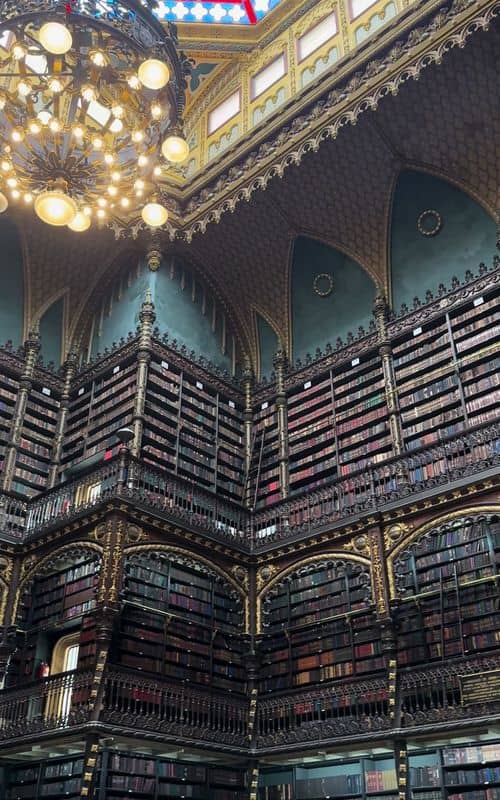
Social
From TikTok & Reddit
Best Time
Fewer crowds, more focus
Archivo y Biblioteca Nacionales de Bolivia
Best Time
Fewer crowds, more focus
Highlights
Must-see attractions
Bolivia's premier repository of national heritage, housing centuries of documents from colonial to modern eras.
"It houses unpublished documents from the colonial period to the present day."
📚 Immerse in History
Explore vast collections from colonial times to the present. A true gem for history buffs!
✨ Architectural Beauty
The building itself is stunning, offering a fairytale-like atmosphere for book lovers.
Highlights
Discover the most iconic attractions and experiences
Colonial Era Archives
Colony Section
Uncover documents from the Audiencia de La Plata, Church, and Royal Treasury, offering a glimpse into Bolivia's past.
Private Collections
Private Collections Section
Explore unique collections from notable figures like Gabriel René Moreno and Guillermo Lora.
Republic Section
Republic Section
Delve into records from various Bolivian ministries and institutions, showcasing national development.
Plans like a pro.
Thinks like you
Planning Your Visit
Plan Your Visit to Bolivia's National Archives
Accessing Historical Treasures
Best Times
Insider Tips
from TikTok, Instagram & Reddit
📚 Immerse in History
Explore vast collections from colonial times to the present. A true gem for history buffs!
✨ Architectural Beauty
The building itself is stunning, offering a fairytale-like atmosphere for book lovers.
📅 Check for Events
Look out for open house days and special exhibitions celebrating Bolivian heritage.
🤫 Quiet Study Space
Ideal for students and researchers seeking a peaceful environment to study.
Tips
from all over the internet
📚 Immerse in History
Explore vast collections from colonial times to the present. A true gem for history buffs!
✨ Architectural Beauty
The building itself is stunning, offering a fairytale-like atmosphere for book lovers.
📅 Check for Events
Look out for open house days and special exhibitions celebrating Bolivian heritage.
🤫 Quiet Study Space
Ideal for students and researchers seeking a peaceful environment to study.
What Travellers Say
Reviews Summary
Visitors praise the Archivo y Biblioteca Nacionales de Bolivia for its immense historical significance and the impressive scale of its collections, often describing the atmosphere as 'fairytale-like'. It's a vital resource for researchers and a captivating destination for history buffs. However, some reviews are brief, indicating a need for more detailed visitor experiences.
"Just so so."
W Y
"Very organized and helpful !!"
Ronald Pinto
"🤩"
Kaspar B
What People Like
What People Dislike
Frequently Asked Questions
🚇 🗺️ Getting There
The Archivo y Biblioteca Nacionales de Bolivia is located in Sucre. Public transportation within Sucre is readily available, with local buses and taxis being common options. For specific directions, it's recommended to use a local map application or ask your accommodation for the best route.
Parking availability can be limited in the city center. It's advisable to check with the institution directly or consider using public transport or taxis to avoid parking hassles.
Yes, local buses and taxis are common in Sucre and can take you to the vicinity of the Archivo y Biblioteca Nacionales de Bolivia. This is often the most convenient way to travel within the city.
🎫 🎫 Tickets & Entry
Entry to the Archivo y Biblioteca Nacionales de Bolivia is generally free for visitors interested in exploring the public areas. However, specific access for research or special exhibitions might require prior arrangement or a fee. It's best to check their official website or contact them directly for the most up-to-date information.
Opening hours can vary, but typically the Archives are open during weekdays. It's highly recommended to verify the current operating hours before your visit, especially on weekends or public holidays, as they may differ.
Yes, the Archivo y Biblioteca Nacionales de Bolivia houses a vast collection of unpublished documents. Researchers can typically access these materials, but it often requires prior application or registration. Contacting the archive in advance is crucial for research purposes.
While not always advertised, sometimes special events or open house days offer opportunities to learn more about the collections. Keep an eye on their social media or local event listings for such occasions.
🎫 🏛️ Onsite Experience
You can explore a wealth of historical documents, including manuscripts from the colonial period, private collections of notable Bolivians, and records from various government institutions. The building itself is also architecturally significant.
Photography policies can vary. It's essential to check for signage or ask staff before taking pictures. Some areas or specific documents may have restrictions to preserve them.
While the Archives are primarily a place for historical research, children might find the sheer volume of books and the grand architecture fascinating. Special events might cater to younger audiences.
Visitors often describe the atmosphere as serene and awe-inspiring, with a sense of stepping back in time. It's a place that evokes a fairytale-like feeling for many.
Yes, the Archivo y Biblioteca Nacionales de Bolivia occasionally hosts special exhibitions, academic events, and cultural performances, such as 'Arte en los tejados'.
🍽️ 🍽️ Food & Dining
Typically, there are no dining facilities within the Archives themselves. Visitors are advised to explore the surrounding areas of Sucre for a wide range of restaurants and cafes.
Sucre offers numerous culinary options, from traditional Bolivian cuisine to international dishes. The areas around the main plaza usually have many cafes and restaurants to choose from.
📸 📸 Photography
The grand halls, towering bookshelves, and architectural details offer excellent photographic opportunities. The overall ambiance provides a unique backdrop for capturing the essence of a historic library.
Photography of historical documents is often restricted to protect their condition. Always check with staff for specific guidelines regarding document photography.
The building's design, with its extensive book collections and potentially grand interiors, makes for stunning visual content. Look for unique angles and lighting to capture its charm.
For Different Travelers
Tailored advice for your travel style
👨👩👧 Families with Kids
📚 Book Lovers & Researchers
🏛️ Architecture Enthusiasts
Deep Dives
In-depth insights and expert knowledge
A Repository of Bolivian History
Today, the ABNB is housed in modern, purpose-built facilities that adhere to international standards for archival preservation. This ensures the long-term safeguarding of its invaluable collections. The sheer volume and diversity of materials make it a critical resource for historians, researchers, and anyone interested in understanding Bolivia's multifaceted past.
The collections are broadly categorized into three main sections: the Colony, the Private Collections, and the Republic. Each section offers a unique window into different facets of Bolivian history, from administrative records and religious documents to personal correspondence and political papers.
Exploring the Collections
The Private Collections are particularly fascinating, housing the personal papers and archives of many influential Bolivian figures. This includes extensive materials from Gabriel René Moreno, a prominent historian and bibliographer, Adolfo Costa du Rels, a diplomat and writer, and Gunnar Mendoza, a renowned archivist. Other notable collections include those of the Mujia family, President José Manuel Pando, and figures like Joaquín de la Pezuela and Guillermo Lora, offering diverse perspectives on Bolivian history and intellectual life.
The Republic section encompasses documents generated by the Bolivian state since its independence. This vast collection includes records from various ministries, government bodies, and other national institutions, charting the country's political, social, and economic development through the centuries. It's an essential resource for understanding the evolution of modern Bolivia.
Cultural Events and Architecture
The institution's architecture is often described as breathtaking, evoking a sense of wonder and a 'fairytale-like' atmosphere, particularly for book enthusiasts. The visual appeal of the building, combined with the immense historical content it holds, creates a truly memorable experience for visitors.
These events and the building's aesthetic contribute to the ABNB's role not just as a repository of the past, but as a vibrant center for contemporary culture and learning in Bolivia.
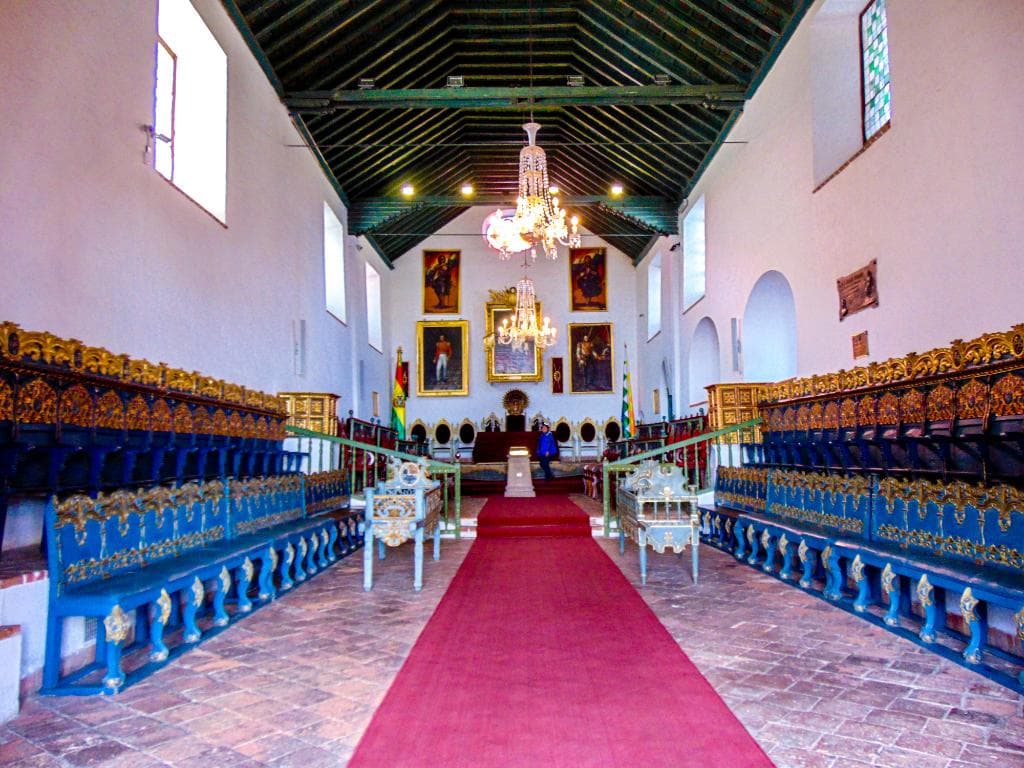
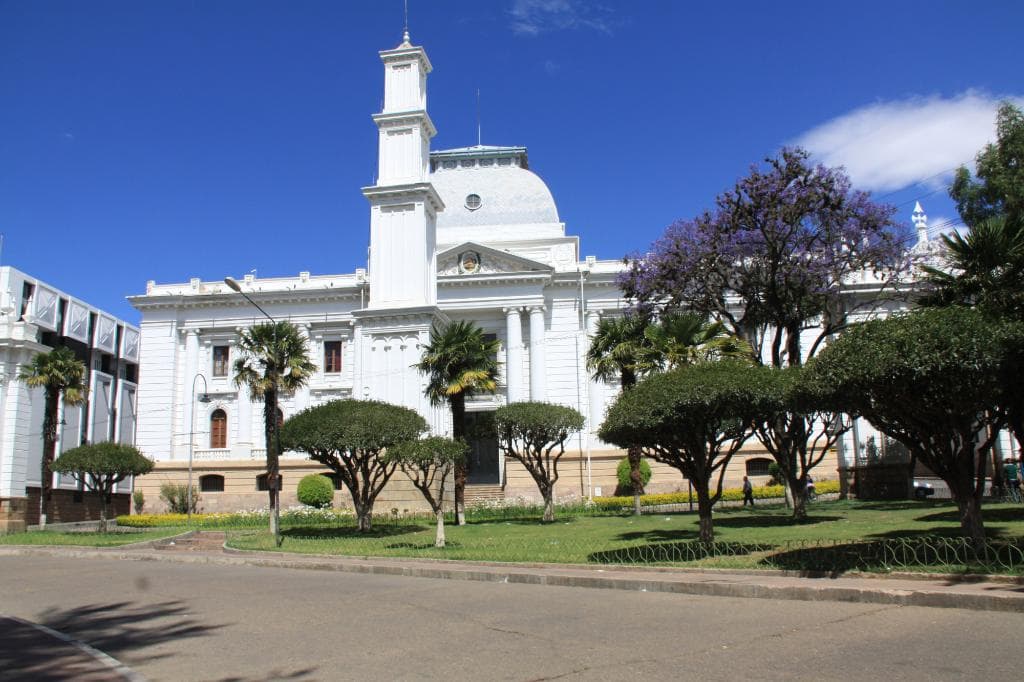
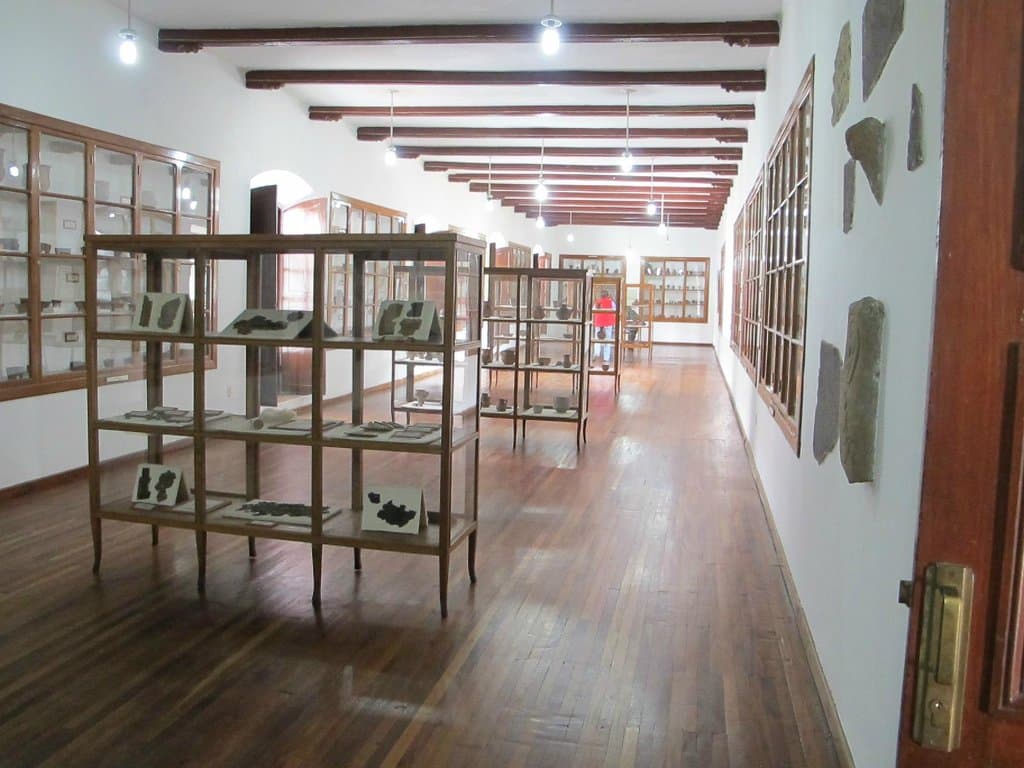
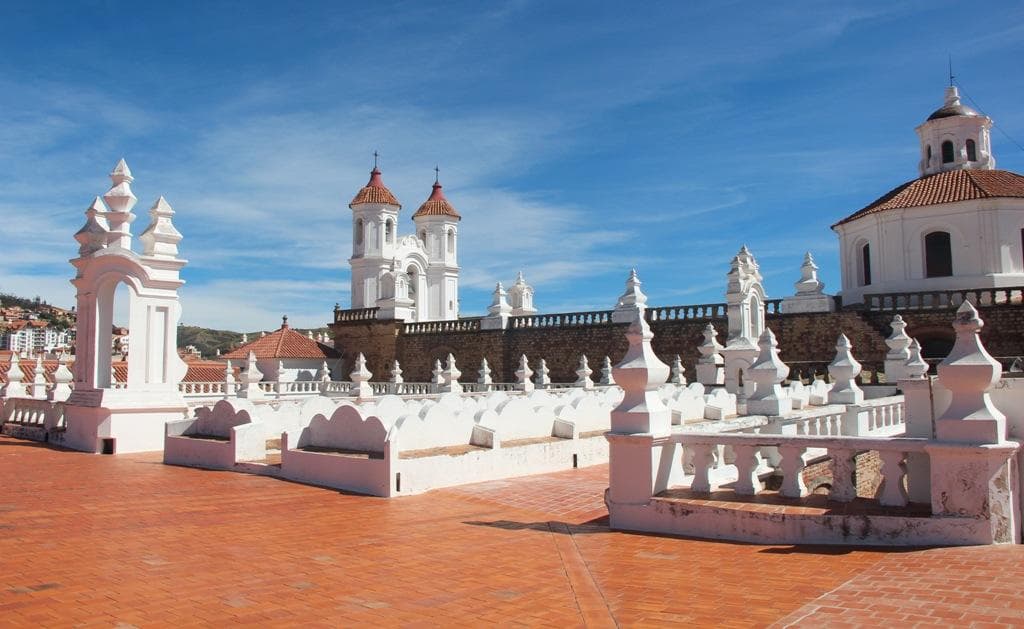
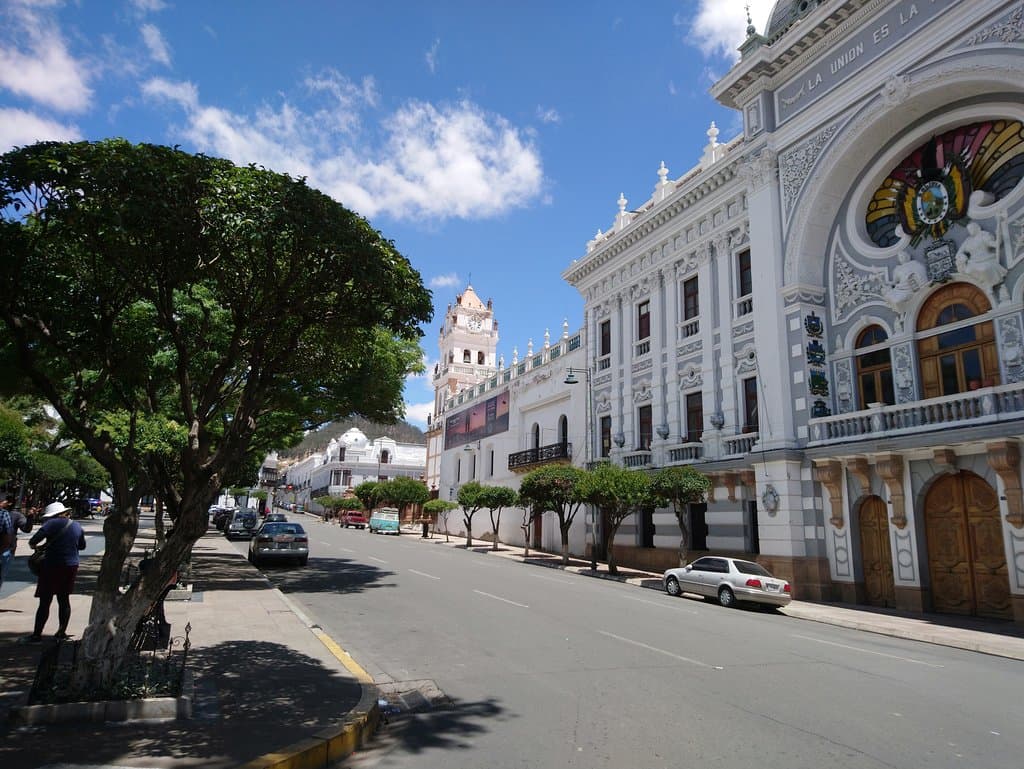
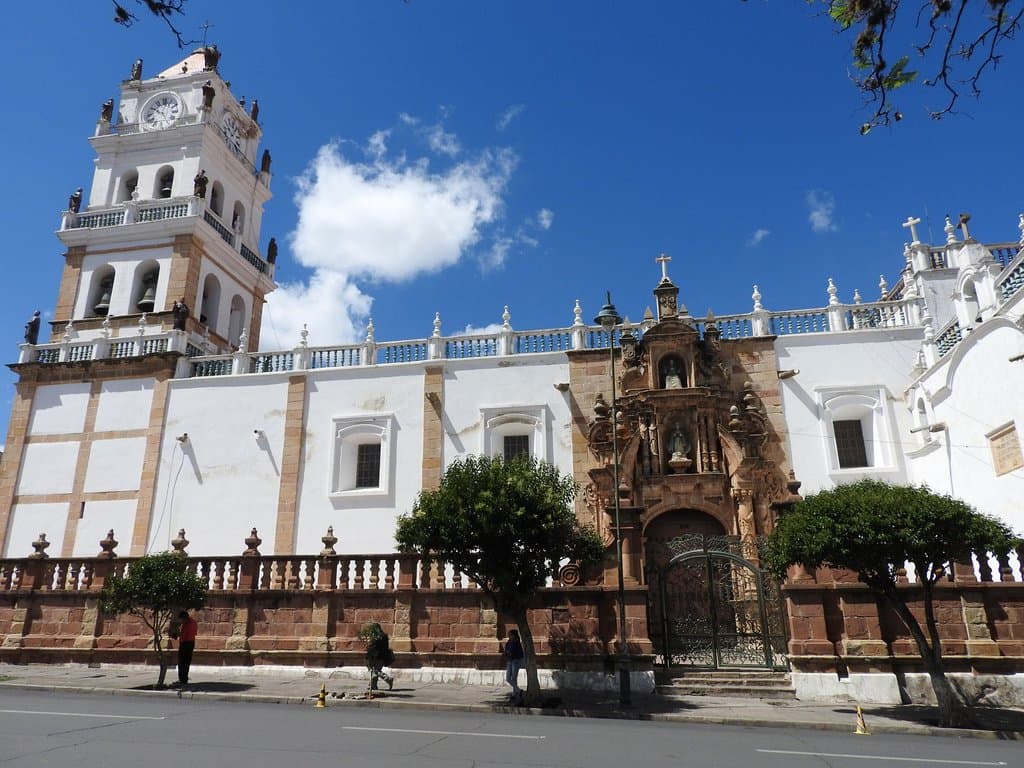
Social
from TikTok, Instagram & Reddit